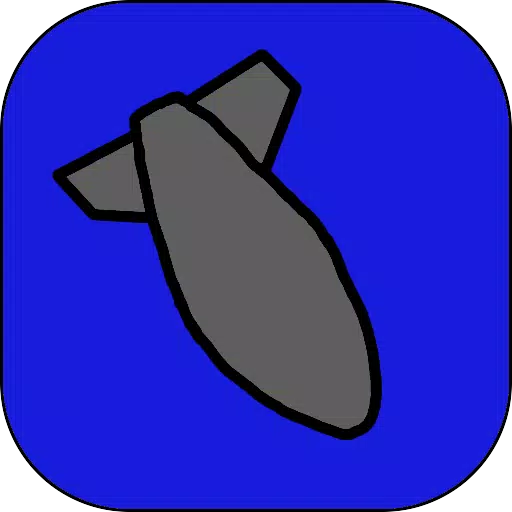Nintendo is a household name synonymous with video gaming, consistently pushing the boundaries of creativity and innovation in the home console market. The company's rich catalog of cherished intellectual properties continues to captivate audiences, maintaining their charm decades after their initial release. With a slate of exciting upcoming titles, Nintendo shows no signs of slowing down. The recent official announcement of the Nintendo Switch 2 has sparked interest in revisiting the storied history of Nintendo's consoles.
Below, we take you on a journey through every Nintendo console ever released, showcasing how the gaming giant has continuously evolved the gaming landscape.
AnswerSee Results*Looking to save on a new Nintendo Switch or new titles for your system? Be sure to check out the best Nintendo deals available today.*How Many Nintendo Consoles Have There Been?
In total, 32 Nintendo consoles have been released throughout Nintendo's history. The Switch 2 will be the 33rd. This includes various revision models for both home and handheld consoles, such as those branded as XL and Mini.
 Latest Model### Nintendo Switch OLED (Neon Blue & Red)
Latest Model### Nintendo Switch OLED (Neon Blue & Red)
4See it at AmazonEvery Nintendo Console in Order of Release
Color TV-Game - June 1, 1977
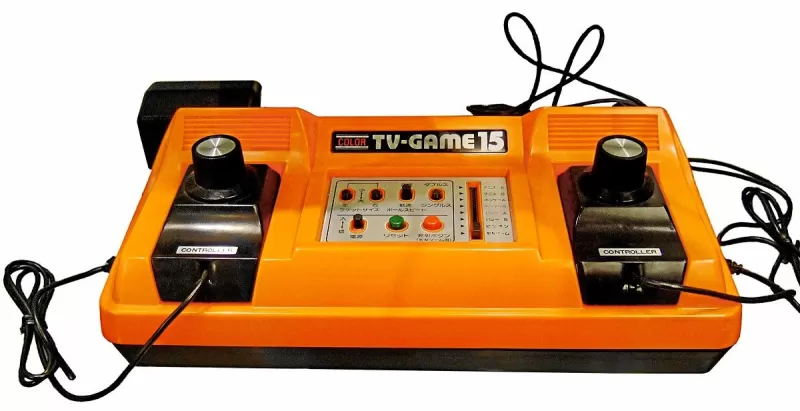 Nintendo's initial venture into gaming hardware was the Color TV-Game series, a partnership with Mitsubishi Electronics. These early systems were a smashing success and marked the beginning of Nintendo's focus on gaming hardware, a legacy that continues to thrive nearly half a century later.
Nintendo's initial venture into gaming hardware was the Color TV-Game series, a partnership with Mitsubishi Electronics. These early systems were a smashing success and marked the beginning of Nintendo's focus on gaming hardware, a legacy that continues to thrive nearly half a century later.
Game & Watch - April 28, 1980
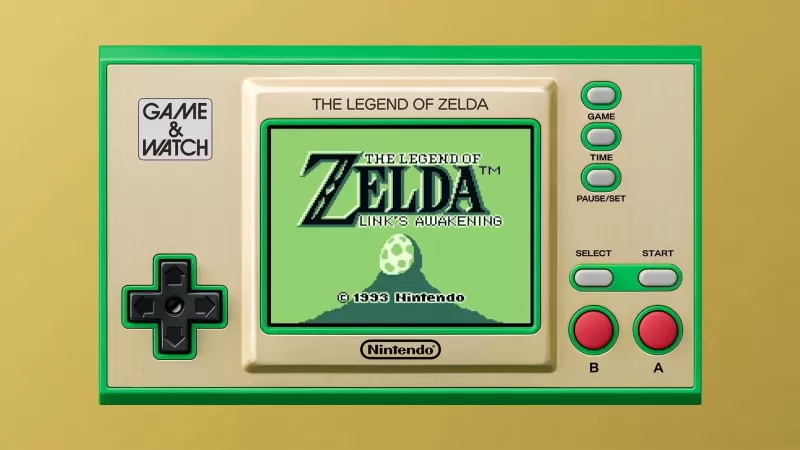 Entering the handheld market, Nintendo's Game & Watch series sold over 40 million units globally. These devices introduced innovations like the D-Pad, seen first in the Donkey Kong model. The series was revived with limited editions in 2020 and 2021 to celebrate Mario and Zelda's anniversaries.
Entering the handheld market, Nintendo's Game & Watch series sold over 40 million units globally. These devices introduced innovations like the D-Pad, seen first in the Donkey Kong model. The series was revived with limited editions in 2020 and 2021 to celebrate Mario and Zelda's anniversaries.
Nintendo Entertainment System - October 18, 1985
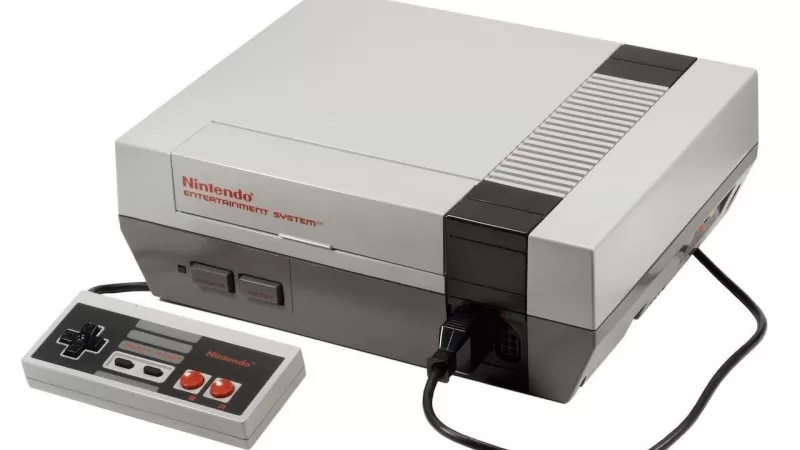 Known as the Famicom in Japan, the Nintendo Entertainment System (NES) was the first Nintendo console to hit North America. With its cartridge system, it introduced gamers to iconic franchises like Super Mario, The Legend of Zelda, and Metroid, cementing its place as a pivotal system in gaming history.
Known as the Famicom in Japan, the Nintendo Entertainment System (NES) was the first Nintendo console to hit North America. With its cartridge system, it introduced gamers to iconic franchises like Super Mario, The Legend of Zelda, and Metroid, cementing its place as a pivotal system in gaming history.
Game Boy - July 31, 1989
 Launching in North America in the summer of 1989, the Game Boy revolutionized handheld gaming with its cartridge system. Tetris, bundled with the console outside of Japan, became one of its most iconic games.
Launching in North America in the summer of 1989, the Game Boy revolutionized handheld gaming with its cartridge system. Tetris, bundled with the console outside of Japan, became one of its most iconic games.
Super Nintendo Entertainment System - August 23, 1991
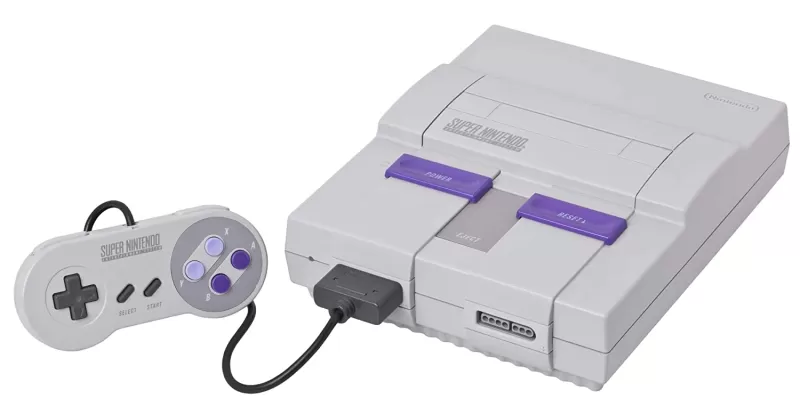 Introducing 16-bit graphics, the Super Nintendo Entertainment System (SNES) brought significant advancements to Nintendo's flagship series, including Super Mario World and Donkey Kong Country. Despite its later release in the console generation, its strong software lineup made it a top seller.
Introducing 16-bit graphics, the Super Nintendo Entertainment System (SNES) brought significant advancements to Nintendo's flagship series, including Super Mario World and Donkey Kong Country. Despite its later release in the console generation, its strong software lineup made it a top seller.
Virtual Boy - August 14, 1995
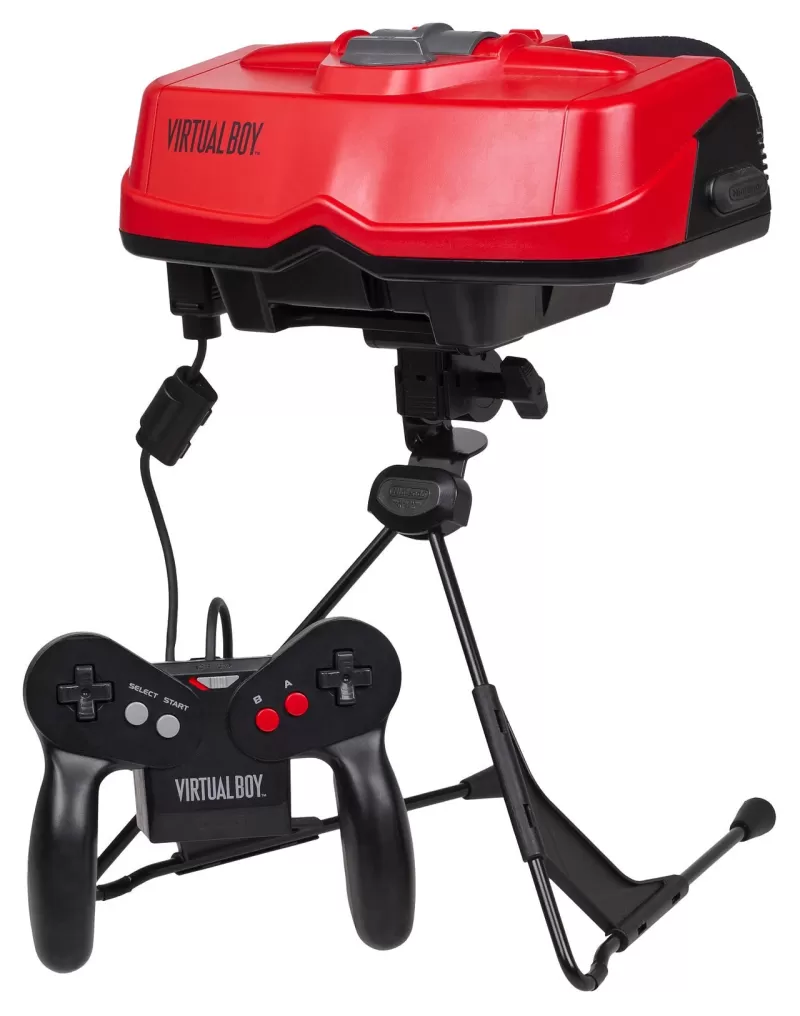 Perhaps Nintendo's most unconventional console, the Virtual Boy was the first to offer true 3D visuals. Despite its short market life and limited game library, it remains a unique piece of gaming history.
Perhaps Nintendo's most unconventional console, the Virtual Boy was the first to offer true 3D visuals. Despite its short market life and limited game library, it remains a unique piece of gaming history.
Game Boy Pocket - September 3, 1996
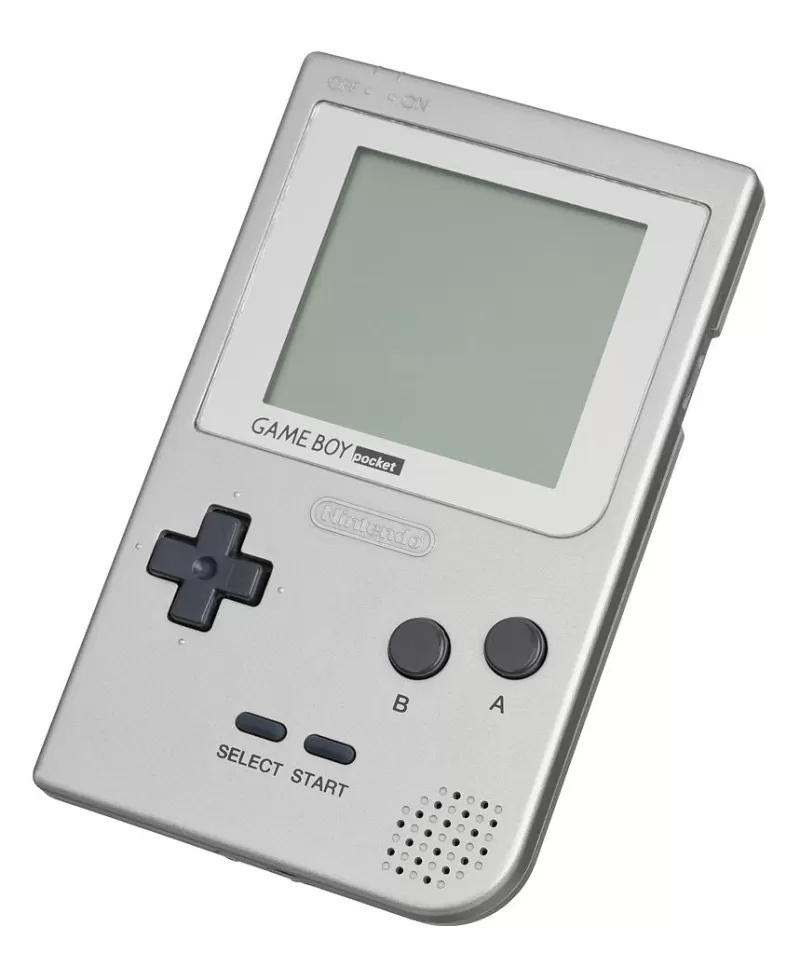 A compact version of the original Game Boy, the Game Boy Pocket featured an improved black-and-white screen and faster display response time, though it came with a reduced battery life.
A compact version of the original Game Boy, the Game Boy Pocket featured an improved black-and-white screen and faster display response time, though it came with a reduced battery life.
Nintendo 64 - September 29, 1996
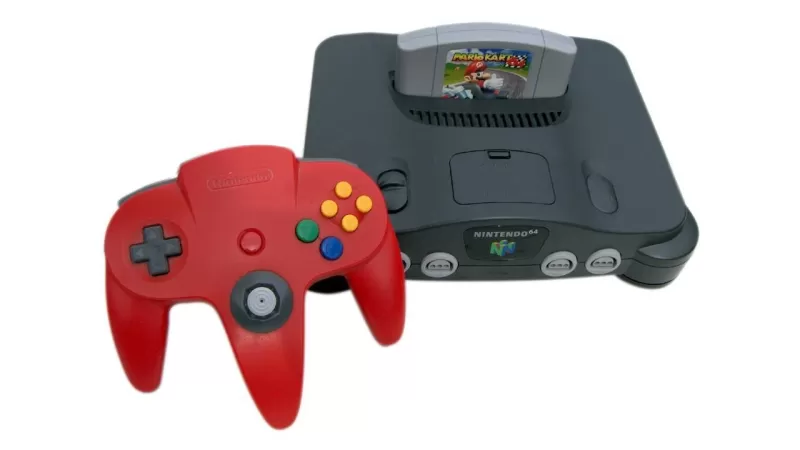 Marking Nintendo's first foray into 3D home console gaming, the Nintendo 64 introduced groundbreaking titles like Super Mario 64 and The Legend of Zelda: Ocarina of Time, along with a novel controller featuring an analog stick.
Marking Nintendo's first foray into 3D home console gaming, the Nintendo 64 introduced groundbreaking titles like Super Mario 64 and The Legend of Zelda: Ocarina of Time, along with a novel controller featuring an analog stick.
Game Boy Light - April 14, 1998
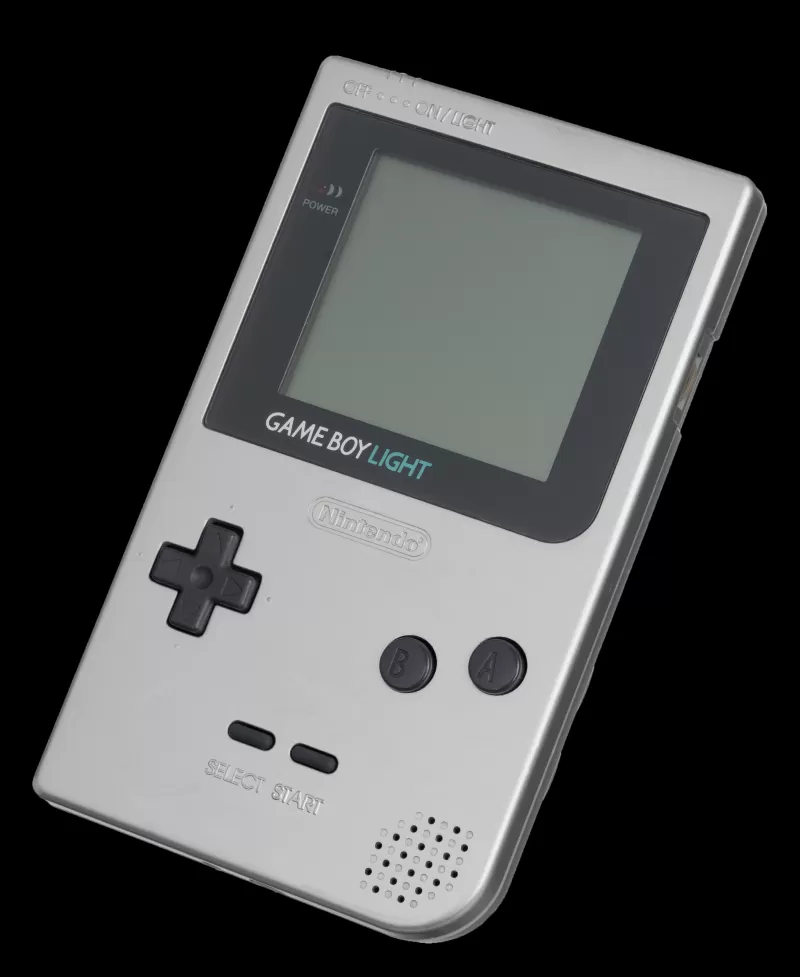 Exclusive to Japan, the Game Boy Light added a backlight for better visibility in low-light conditions and offered improved battery life over the Game Boy Pocket.
Exclusive to Japan, the Game Boy Light added a backlight for better visibility in low-light conditions and offered improved battery life over the Game Boy Pocket.
Game Boy Color - November 18, 1998
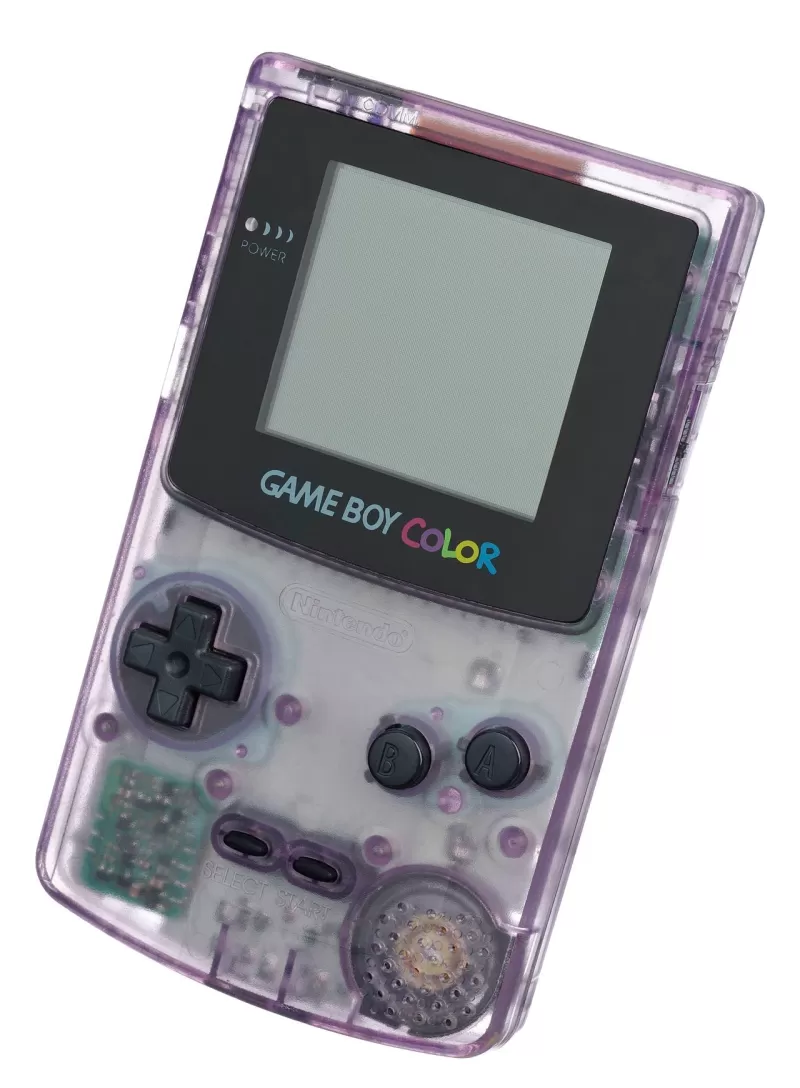 Bringing color to handheld gaming, the Game Boy Color was backward-compatible with previous Game Boy games, allowing players to experience classics like Tetris in vibrant new hues.
Bringing color to handheld gaming, the Game Boy Color was backward-compatible with previous Game Boy games, allowing players to experience classics like Tetris in vibrant new hues.
Game Boy Advance - June 11, 2001
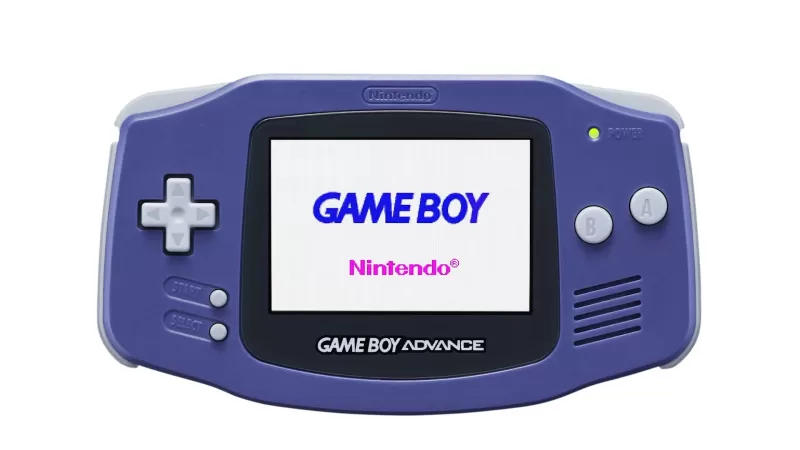 With its horizontal design and 16-bit graphics, the Game Boy Advance was a significant upgrade from its predecessors. Its backward compatibility expanded the library to thousands of games.
With its horizontal design and 16-bit graphics, the Game Boy Advance was a significant upgrade from its predecessors. Its backward compatibility expanded the library to thousands of games.
Pokémon mini - November 16, 2001
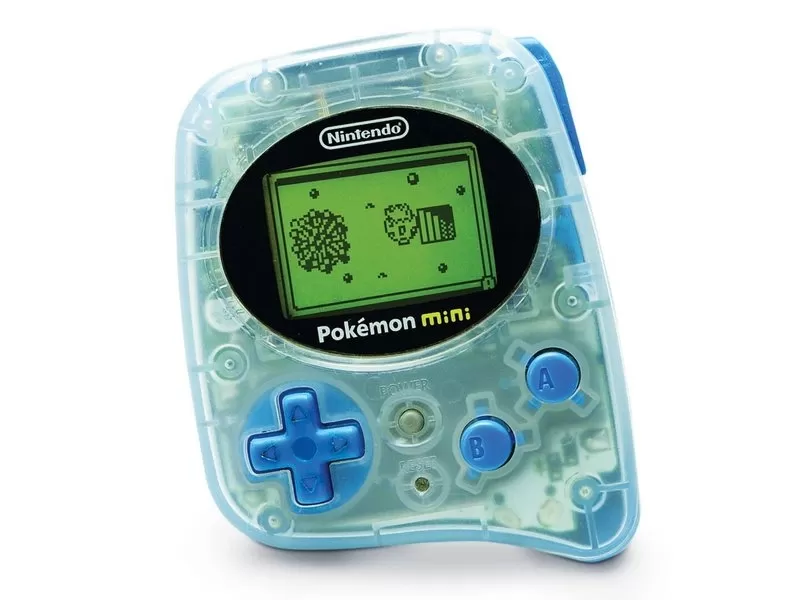 Image Credit: GamesRadarThe tiny Pokémon mini was designed specifically for Pokémon games, featuring a clock function, infrared communication, and rumble capabilities.
Image Credit: GamesRadarThe tiny Pokémon mini was designed specifically for Pokémon games, featuring a clock function, infrared communication, and rumble capabilities.
Nintendo GameCube - November 18, 2001
 Following the Nintendo 64, the GameCube offered beloved sequels like Super Mario Sunshine and introduced new franchises like Animal Crossing, utilizing discs instead of cartridges.
Following the Nintendo 64, the GameCube offered beloved sequels like Super Mario Sunshine and introduced new franchises like Animal Crossing, utilizing discs instead of cartridges.
Panasonic Q - December 14, 2001
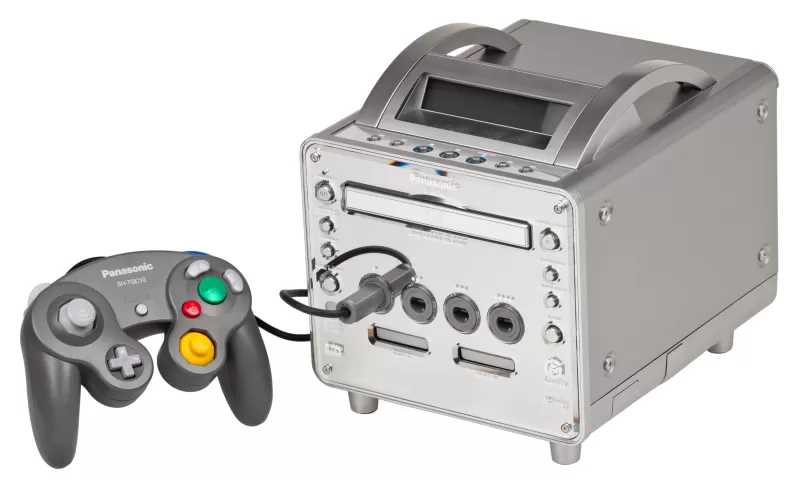 A collaboration with Panasonic, the Panasonic Q combined a GameCube with a DVD player, featuring a sleek stainless steel design. Its high price and limited market success led to its short lifespan.
A collaboration with Panasonic, the Panasonic Q combined a GameCube with a DVD player, featuring a sleek stainless steel design. Its high price and limited market success led to its short lifespan.
Game Boy Advance SP - March 23, 2003
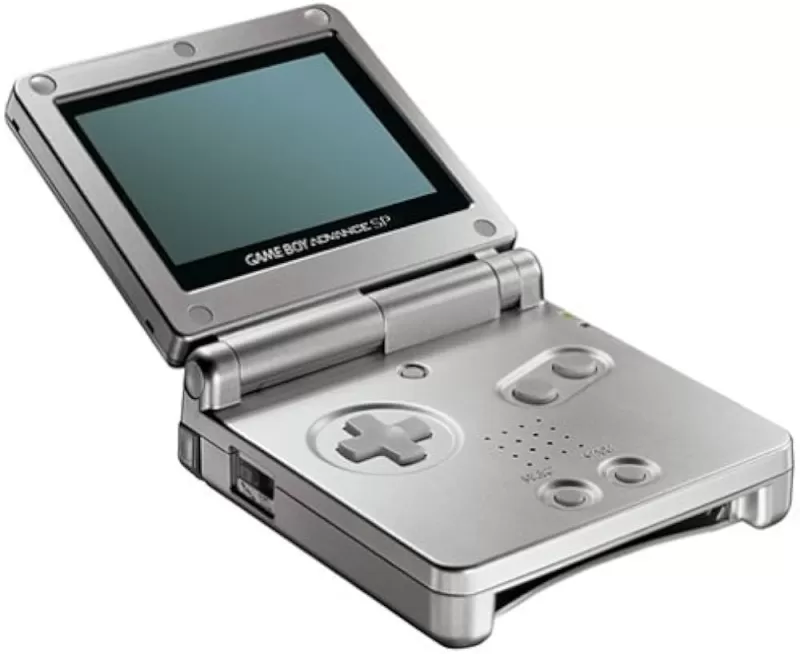 With its hinge design and rechargeable battery, the Game Boy Advance SP offered a more portable and convenient experience compared to the original GBA.
With its hinge design and rechargeable battery, the Game Boy Advance SP offered a more portable and convenient experience compared to the original GBA.
Nintendo DS - November 21, 2004
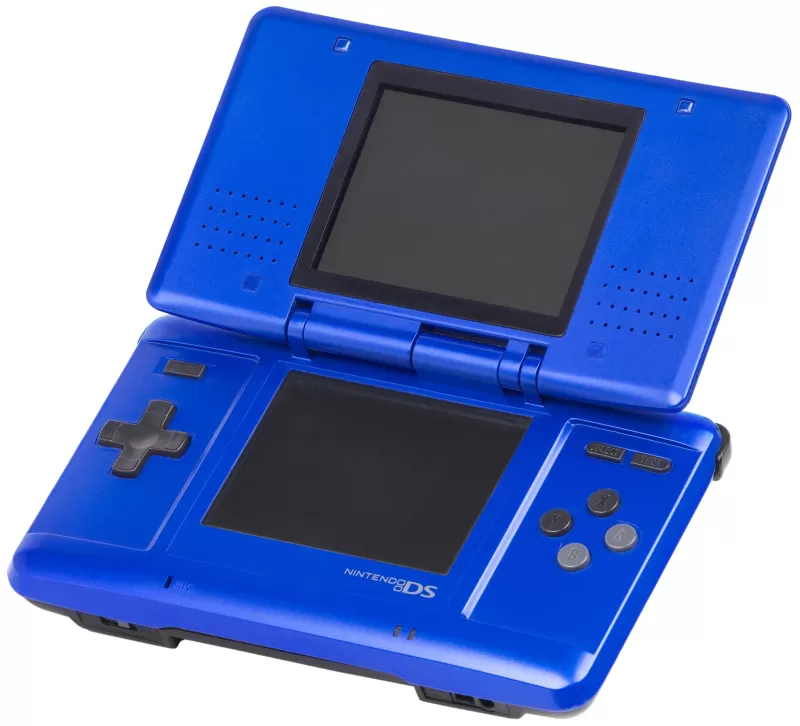 Introducing dual screens and Wi-Fi connectivity, the Nintendo DS became Nintendo's best-selling console, offering unique gaming experiences through its touchscreen and stylus.
Introducing dual screens and Wi-Fi connectivity, the Nintendo DS became Nintendo's best-selling console, offering unique gaming experiences through its touchscreen and stylus.
Game Boy Micro - September 19, 2005
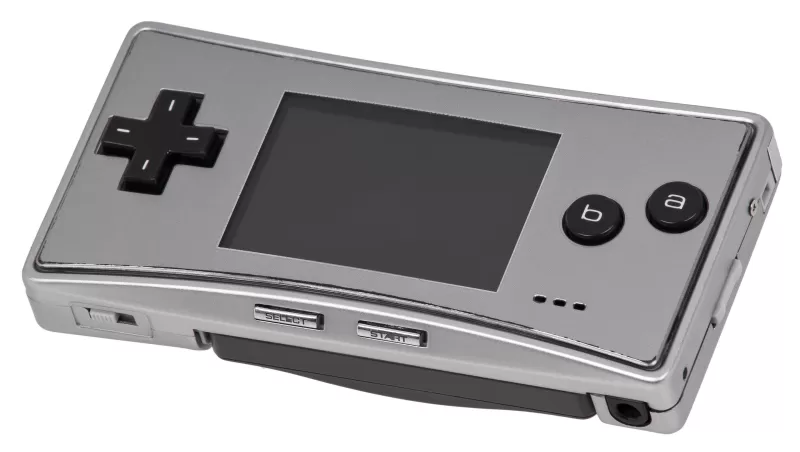 Revealed at E3 2005, the Game Boy Micro impressed with its compact size and adjustable backlit screen, supporting Game Boy, Game Boy Color, and Game Boy Advance games.
Revealed at E3 2005, the Game Boy Micro impressed with its compact size and adjustable backlit screen, supporting Game Boy, Game Boy Color, and Game Boy Advance games.
Nintendo DS Lite - June 11, 2006
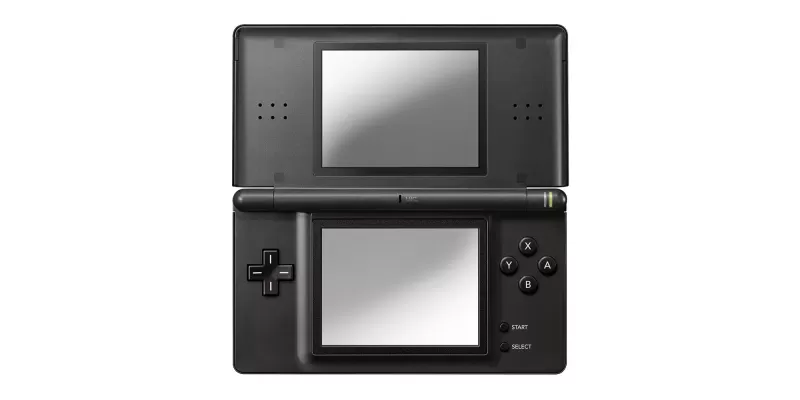 Slimmer and lighter than the original, the Nintendo DS Lite featured brighter screens and improved battery life, enhancing the gaming experience.
Slimmer and lighter than the original, the Nintendo DS Lite featured brighter screens and improved battery life, enhancing the gaming experience.
Nintendo Wii - November 19, 2006
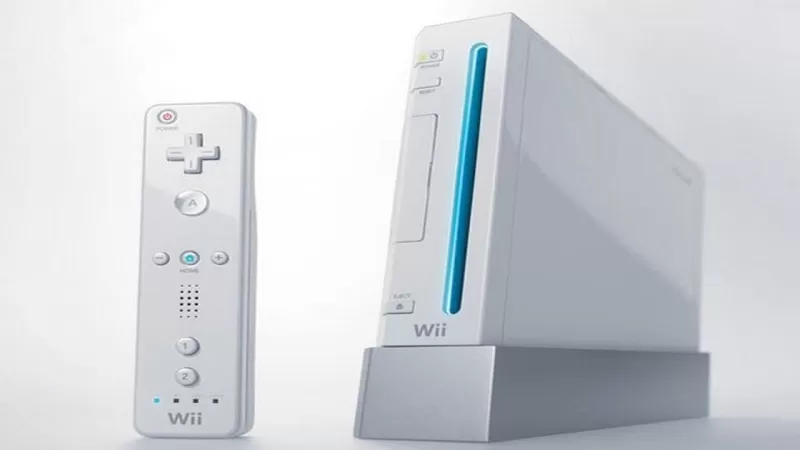 Revitalizing Nintendo's home console market, the Wii introduced motion controls via the innovative Wii Remote. Its Virtual Console service allowed players to download classic games from previous Nintendo systems.
Revitalizing Nintendo's home console market, the Wii introduced motion controls via the innovative Wii Remote. Its Virtual Console service allowed players to download classic games from previous Nintendo systems.
Nintendo DSi - November 1, 2008
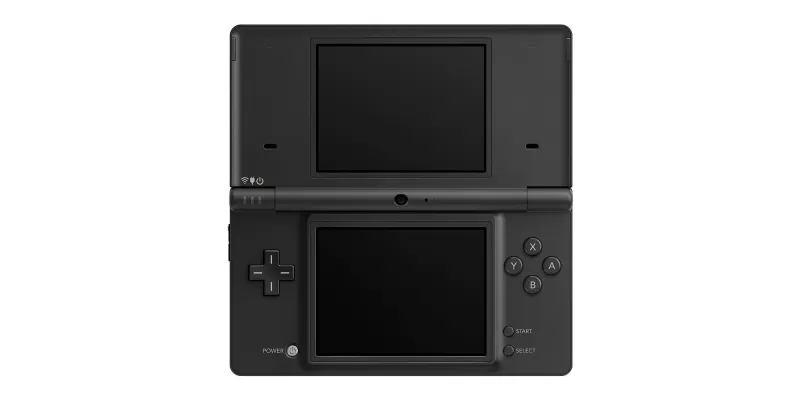 Adding cameras and an SD card slot, the Nintendo DSi evolved the DS line but removed the Game Boy Advance slot, focusing on new features and software.
Adding cameras and an SD card slot, the Nintendo DSi evolved the DS line but removed the Game Boy Advance slot, focusing on new features and software.
Nintendo DSi XL - November 21, 2009
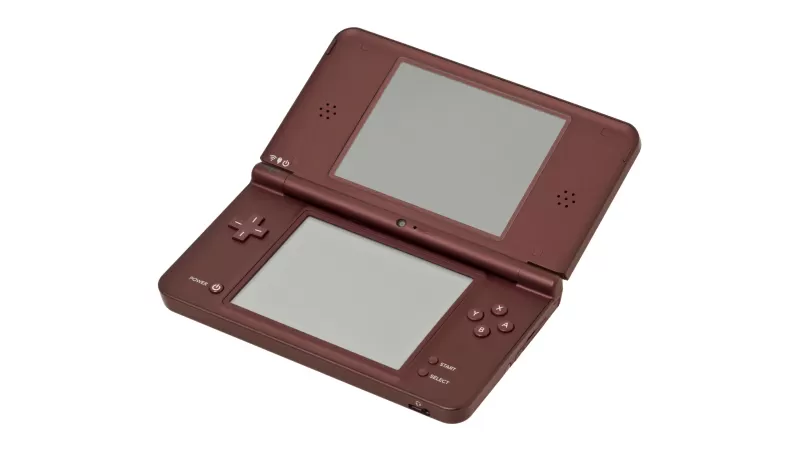 Featuring larger screens and enhanced audio, the Nintendo DSi XL offered a more immersive gaming experience than its predecessor.
Featuring larger screens and enhanced audio, the Nintendo DSi XL offered a more immersive gaming experience than its predecessor.
Nintendo 3DS - March 27, 2011
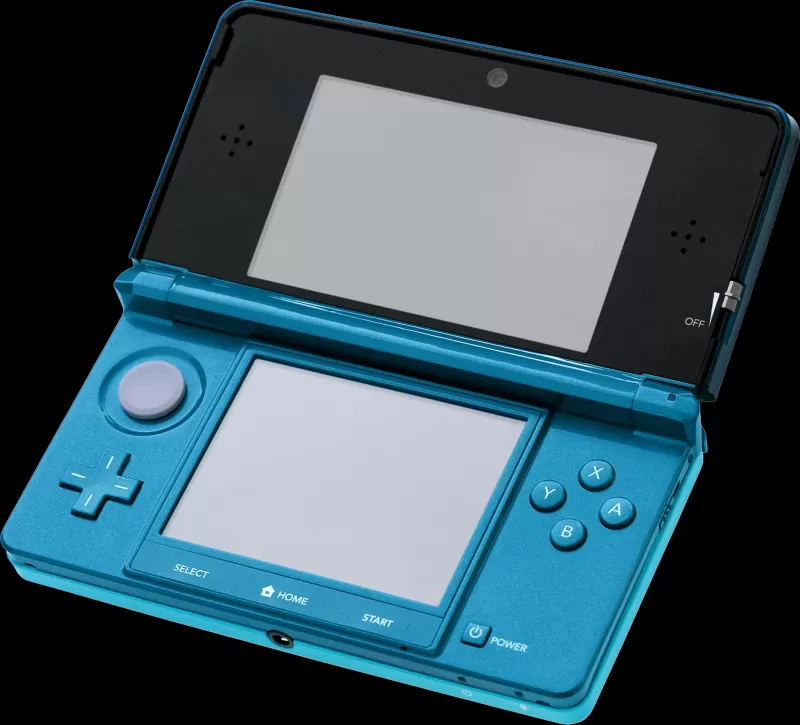 With stereoscopic 3D capabilities, the Nintendo 3DS built on the success of the DS, offering innovative titles like The Legend of Zelda: A Link Between Worlds and Super Mario 3D Land.
With stereoscopic 3D capabilities, the Nintendo 3DS built on the success of the DS, offering innovative titles like The Legend of Zelda: A Link Between Worlds and Super Mario 3D Land.
Nintendo 3DS XL - August 19, 2012
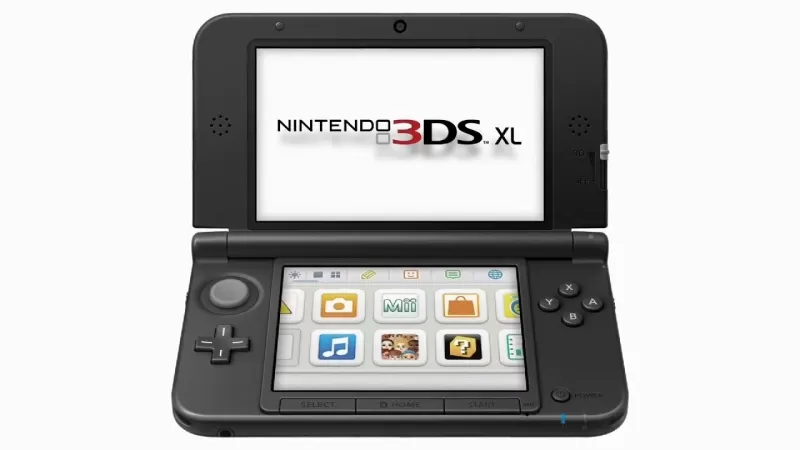 With a significantly larger screen, the Nintendo 3DS XL provided an enhanced viewing experience for all 3DS games.
With a significantly larger screen, the Nintendo 3DS XL provided an enhanced viewing experience for all 3DS games.
Nintendo Wii U - November 18, 2012
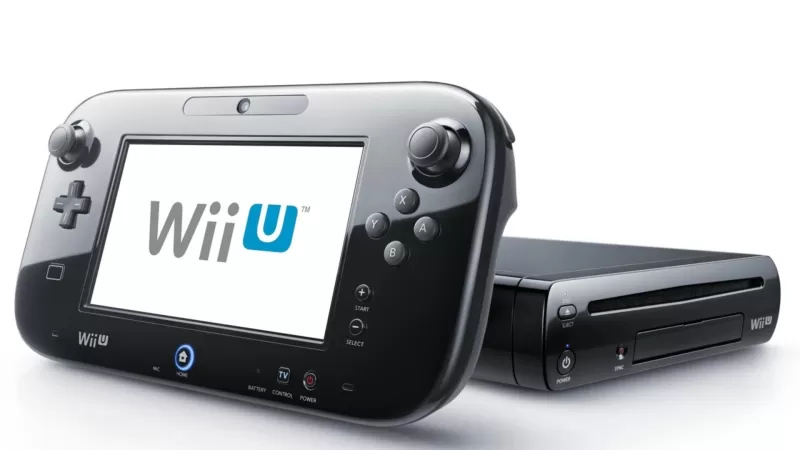 Introducing the GamePad with a built-in screen, the Nintendo Wii U aimed to expand gaming beyond the TV. Despite its innovative features and strong titles like Super Mario 3D World, it faced challenges in sales and marketing.
Introducing the GamePad with a built-in screen, the Nintendo Wii U aimed to expand gaming beyond the TV. Despite its innovative features and strong titles like Super Mario 3D World, it faced challenges in sales and marketing.
Nintendo Wii Mini - December 7, 2012
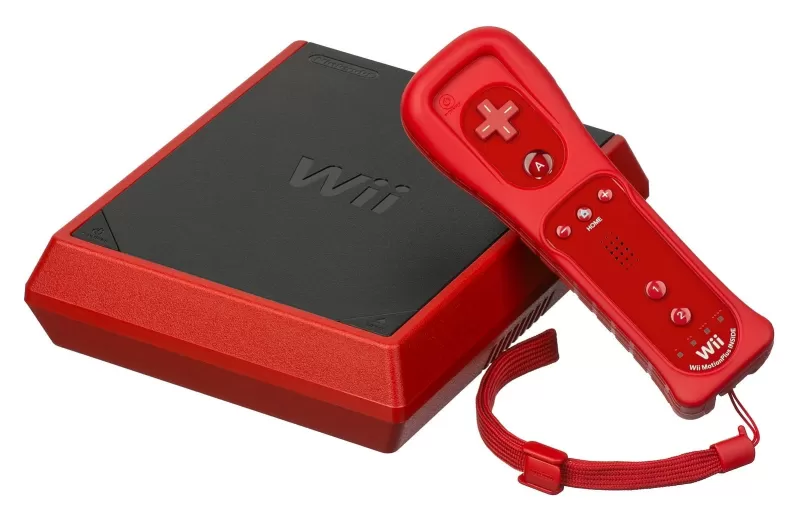 A smaller and lighter version of the Wii, the Wii Mini was released at the end of the Wii's lifecycle, omitting several features like GameCube compatibility and Wi-Fi.
A smaller and lighter version of the Wii, the Wii Mini was released at the end of the Wii's lifecycle, omitting several features like GameCube compatibility and Wi-Fi.
Nintendo 2DS - October 12, 2013
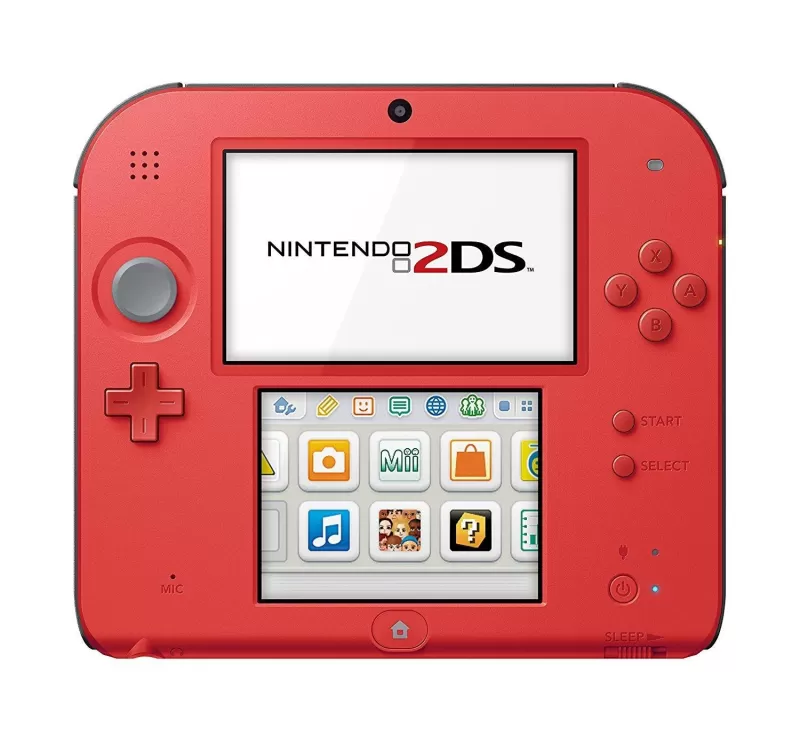 Offering a budget-friendly option, the Nintendo 2DS removed 3D capabilities but maintained all other 3DS features, providing access to a wide range of games at a lower price point.
Offering a budget-friendly option, the Nintendo 2DS removed 3D capabilities but maintained all other 3DS features, providing access to a wide range of games at a lower price point.
New Nintendo 3DS - October 11, 2014
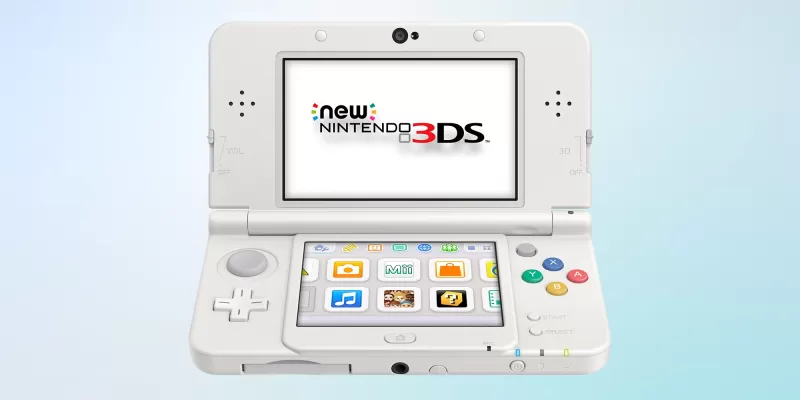 Enhancing the original 3DS, the New Nintendo 3DS added new controls and amiibo support, offering improved gaming experiences.
Enhancing the original 3DS, the New Nintendo 3DS added new controls and amiibo support, offering improved gaming experiences.
New Nintendo 3DS XL - February 13, 2015
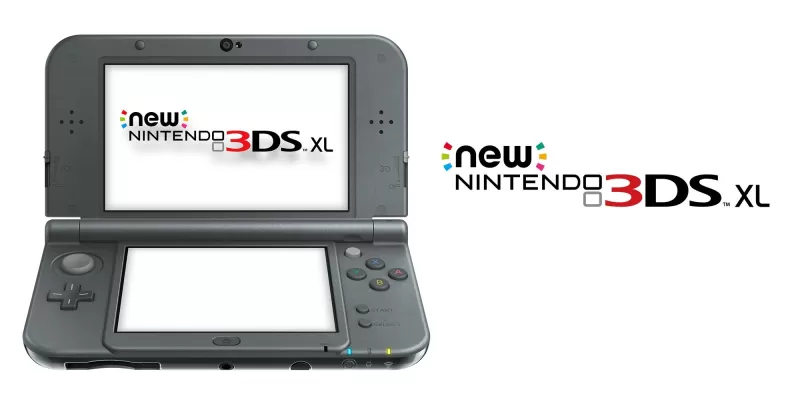 With larger displays and additional features, the New Nintendo 3DS XL offered an even more immersive experience than the standard New 3DS, though it removed the ability to change face plates.
With larger displays and additional features, the New Nintendo 3DS XL offered an even more immersive experience than the standard New 3DS, though it removed the ability to change face plates.
Nintendo Switch - March 3, 2017
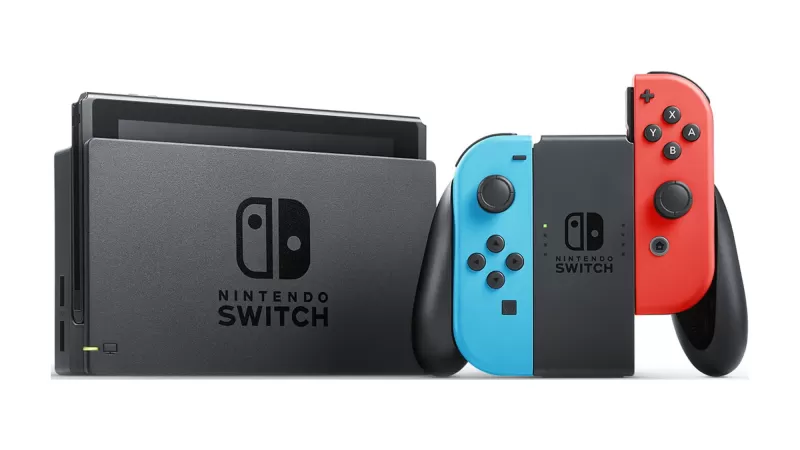 Combining home and portable gaming, the Nintendo Switch revitalized Nintendo's position in the industry with its versatile design and a stellar lineup of first-party titles.
Combining home and portable gaming, the Nintendo Switch revitalized Nintendo's position in the industry with its versatile design and a stellar lineup of first-party titles.
New Nintendo 2DS XL - July 28, 2017
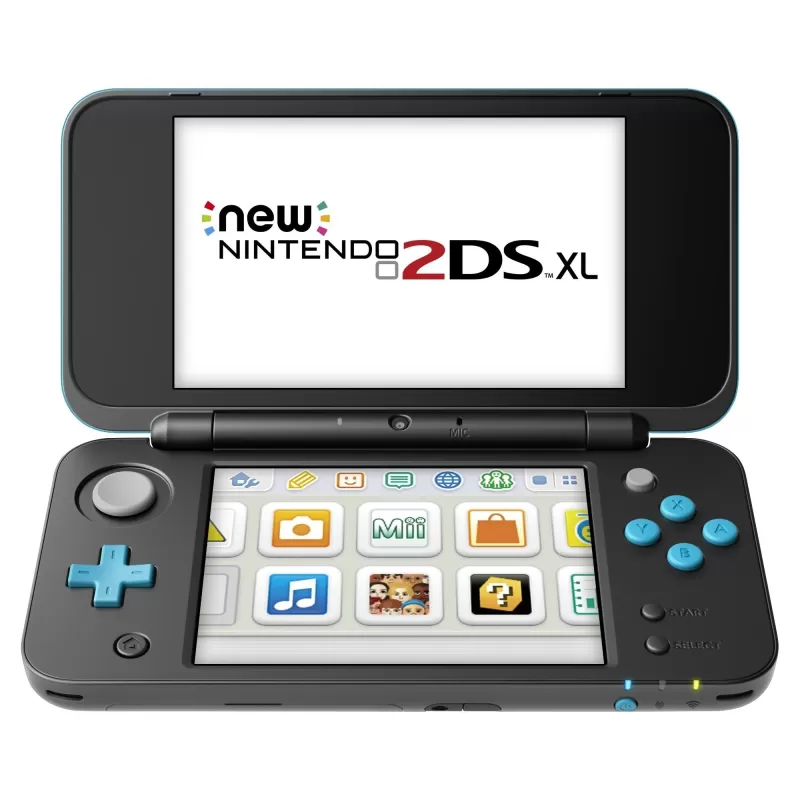 Upgrading the 2DS, the New Nintendo 2DS XL added an analog stick and amiibo support, returning to the clamshell design and supporting New 3DS titles.
Upgrading the 2DS, the New Nintendo 2DS XL added an analog stick and amiibo support, returning to the clamshell design and supporting New 3DS titles.
Nintendo Switch Lite - September 20, 2019
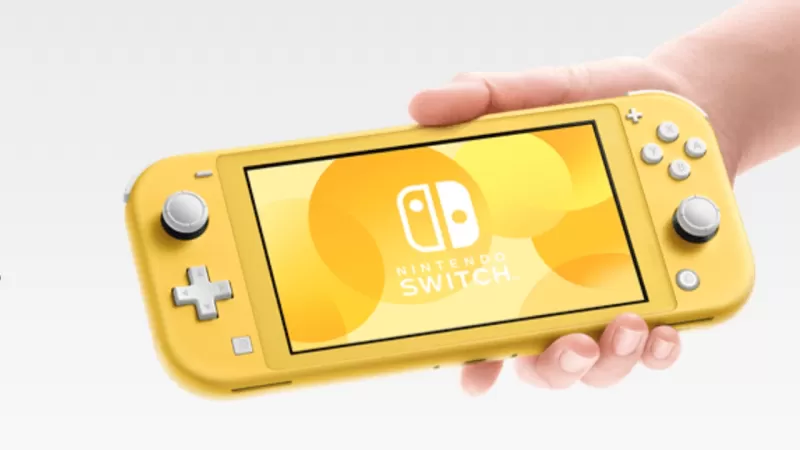 Designed for handheld play, the Nintendo Switch Lite featured built-in controllers and a smaller form factor, offering a more affordable option.
Designed for handheld play, the Nintendo Switch Lite featured built-in controllers and a smaller form factor, offering a more affordable option.
Nintendo Switch OLED model - October 8, 2021
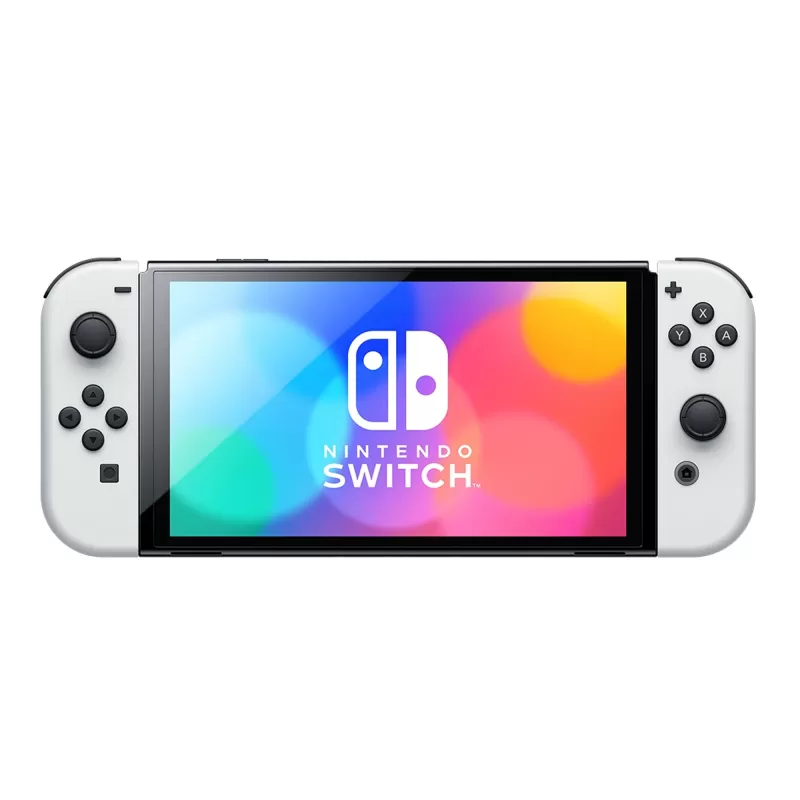 Enhancing the Switch experience, the OLED model introduced a larger, high-quality screen, improved speakers, and a revamped kickstand, debuting alongside Metroid Dread.
Enhancing the Switch experience, the OLED model introduced a larger, high-quality screen, improved speakers, and a revamped kickstand, debuting alongside Metroid Dread.
Upcoming Nintendo Consoles
After years of speculation, Nintendo has officially unveiled the Nintendo Switch 2. The reveal showcases a new Joy-Con attachment method, a larger screen, and an additional USB-C port. The ability to use Joy-Cons as a mouse hints at potential new gameplay mechanics. A trailer also suggests a new Mario Kart with 24-player support and confirms "mostly" backward compatibility with both physical and digital games.Analysts estimate the Nintendo Switch 2 could be priced around $400. Based on the trailer, we've gathered all the details available, but more comprehensive information, including a release date, is expected during a Nintendo Direct in April.
AnswerSee Results





